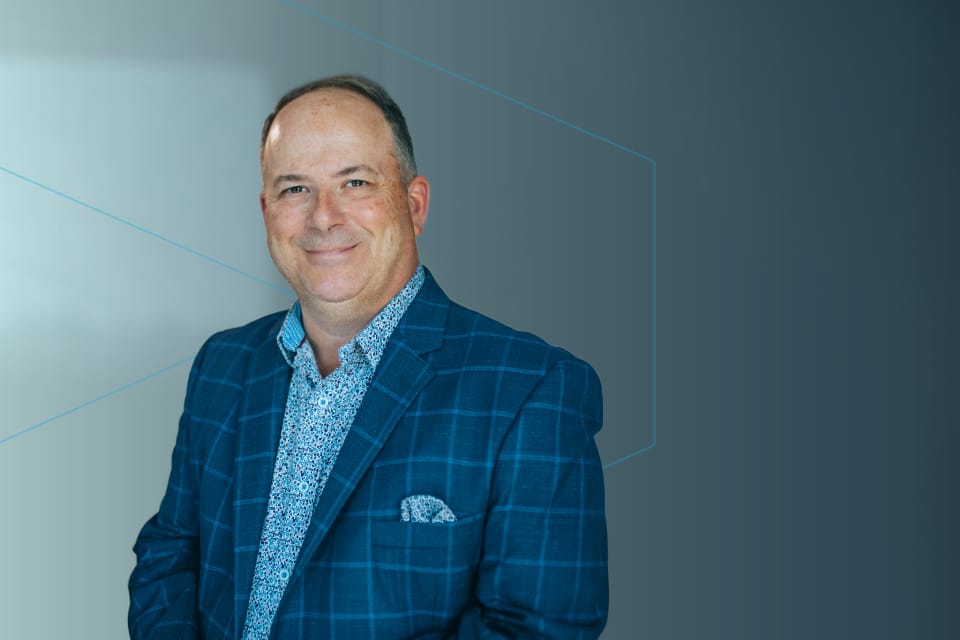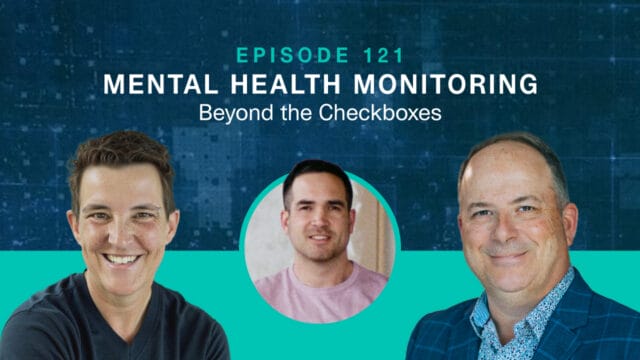
Holiday Bonus Episode: Safety Tips You Need This Season | Risk Matrix Episode 122
THE RISK MATRIX Cutting-edge podcast on occupational safety and risk management. Hosted by industry titans: JAMES JUNKIN, MS, CSP, MSP,…

James Junkin, chair of the Veriforce Strategic Advisory Board, offers advice to safety professionals. He’s clearly not superstitious!
When I first became a safety professional, I had a narrow view of what it entailed. Over the years, I have come to understand that the journey is more about people, relationships, and continuous learning than merely ticking boxes. Here are the thirteen foundational lessons I wish I had known at the start of my career.
Early in my career as a safety professional, I focused heavily on managing safety through protocols and procedures. However, I soon realized that effective safety management is about leading people, which requires building strong, trusting relationships. Finding a mentor was invaluable, but it was essential to be selective. A good mentor is someone who not only has expertise but also genuinely cares about your development.
Pursuing certifications and further education undeniably bolstered my knowledge and credibility. However, I learned that these accolades alone do not guarantee success. Staying humble and open to continuous learning, even from those without formal credentials, is crucial.
Understanding industry-specific regulations is foundational. Each industry has unique risks and compliance requirements, and being well-versed in these regulations helps in creating effective safety strategies and avoiding legal pitfalls.
One of the most enlightening practices was listening to the frontline workers. These individuals often have the best insights into the actual risks and hazards of their work environments. Regularly engaging with them provided practical knowledge that textbooks and courses could not.
Creating extensive safety documentation is not a substitute for real safety measures. Safety should be experienced and practiced daily, not just recorded in files. Ensuring that safety protocols are actively followed and not just documented was a vital lesson.
Proactive planning is essential in hazard control. Integrating safety into the planning stages of any work process significantly reduces risks. This approach ensures that potential hazards are identified and mitigated before they become a problem.
Recognizing that human error is inevitable was a humbling realization. Even the most skilled and experienced workers can make mistakes. Designing systems and processes that anticipate and mitigate the impact of these errors is critical.
Initially, I was skeptical about management’s commitment to safety. Over time, I learned that most managers do want to do the right thing, even if they do not always know the best way to achieve it. Effective communication and collaboration with management are key to implementing successful safety initiatives.
Gaining the support of top executives can be challenging until a significant incident occurs. Understanding the legal implications of occupational safety and health (OSH) and being prepared to address these issues can eventually earn their respect and support.
The OSHA Field Operations Manual became an indispensable resource. It provided detailed guidance on regulatory expectations and helped me understand my rights and responsibilities, ensuring that I was well-prepared for inspections and audits.
Mistakes are valuable learning opportunities. Analyzing what went wrong and why, both in my own experiences and in case studies of others, helped me continuously improve safety practices and avoid repeating errors.
It’s easy to become disheartened by the pursuit of perfection. Celebrating small victories along the way helped maintain morale and highlighted the ongoing progress in improving safety standards.
Despite best efforts, serious incidents can still occur. Being prepared with a comprehensive plan to address the legal, safety, and mental health aspects of such events is essential. This preparation not only ensures a swift response but also supports the well-being of all affected.
These thirteen hard-learned lessons have shaped my approach to safety, emphasizing the importance of leadership, continuous learning, proactive planning, and empathy. By integrating these insights, I have been able to foster a safer and more collaborative work environment. But I would like to share one last piece of advice…
You will NEVER know it all. Keep learning. Seek out resources, take courses, attend conferences, network with new and old colleagues, and allow the latest information and research to adjust your worldview of what the professional application of safety looks like for you, the company you work for, and the employees you are there to protect.
James A. Junkin, MS, CSP, MSP, SMS, ASP, CSHO is the chief executive officer of Mariner-Gulf Consulting & Services, LLC and the chair of the Veriforce Strategic Advisory Board and the past chair of Professional Safety journal’s editorial review board. James is a member of the Advisory Board for the National Association of Safety Professionals (NASP) and the recipient of multiple awards. He is a much sought after master trainer, keynote speaker, and author of numerous articles concerning occupational safety and health. He is a host of Veriforce’s podcast ‘The Risk Matrix’ which delves into all areas of worker and workplace safety.


THE RISK MATRIX Cutting-edge podcast on occupational safety and risk management. Hosted by industry titans: JAMES JUNKIN, MS, CSP, MSP,…

THE RISK MATRIX Cutting-edge podcast on occupational safety and risk management. Hosted by industry titans: JAMES JUNKIN, MS, CSP, MSP,…
We’ll send you practical and insightful supply chain risk management info that can benefit your business. Plus, important company updates that keep you in the loop.
